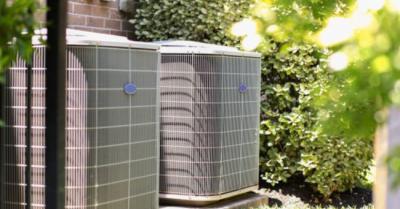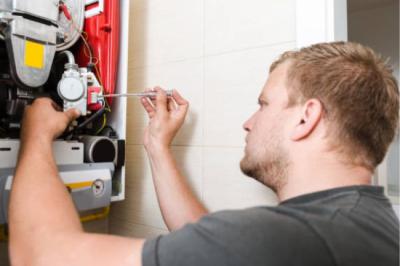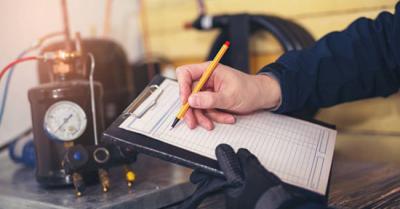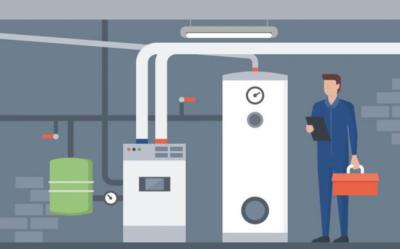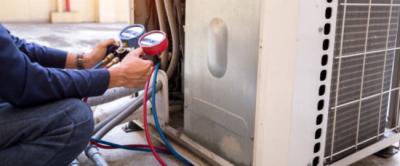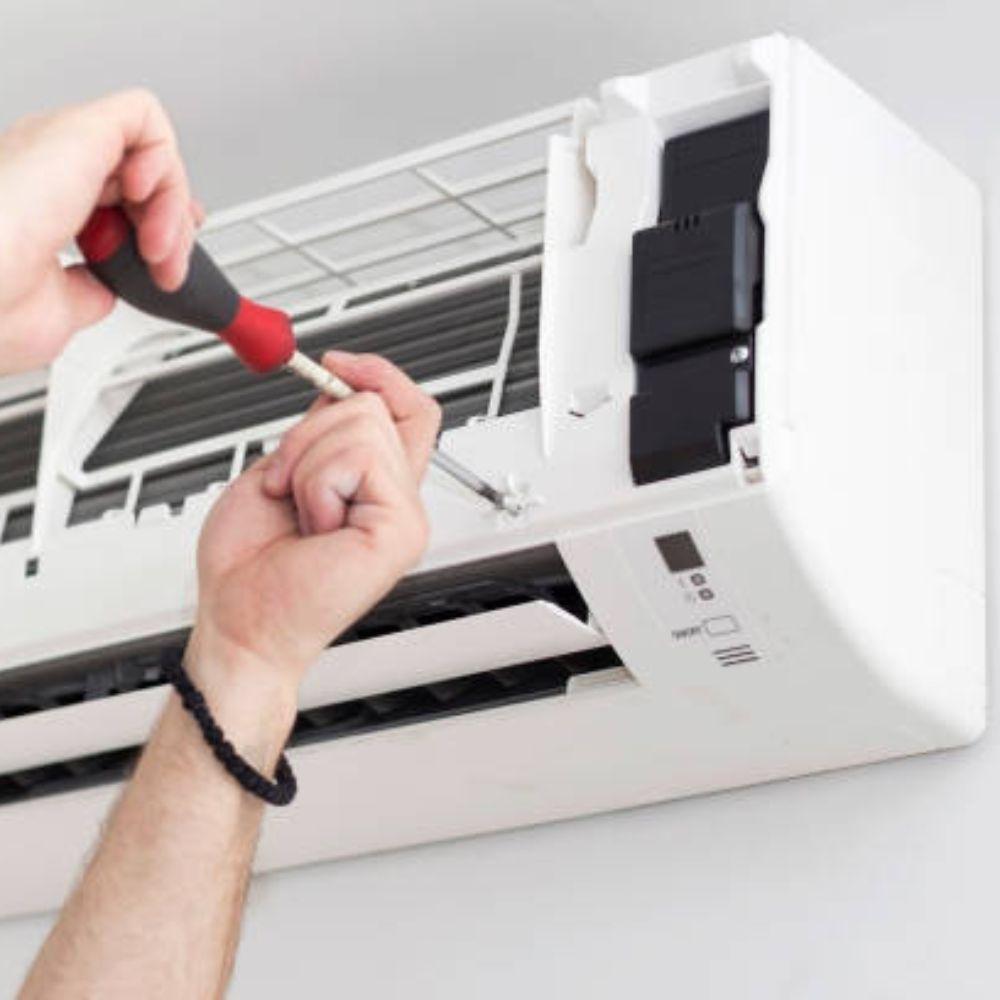
Common Mistakes to Avoid During Air Conditioning Installation
A proper air conditioning installation is a costly investment that pays off in spades by making your interior space more pleasant and healthy. Sloppy installation might jeopardize the system's effectiveness, functionality, and durability. In this article, we will discuss the most frequent problems that arise during air conditioning installation and provide advice on how to fix them by yourself or seek help from experts like Waynes Heating & Ac. We'll go through everything you need to know to have a smooth installation, from size concerns to where to put components and whether or not you need ventilation.
Frequent Problems That Arise During Air Conditioning Installation
If you are having trouble with your air conditioning installation, you can be certain that your queries will be answered in this article. I say, delve in!
Incorrect Sizing: The Groundwork for Relaxation
Choosing an appropriate air conditioning unit size is a crucial step in the installation process. Inadequate cooling will ensue if the unit is undersized since the system must work harder to satisfy the demand. On the other hand, if you oversize your system, it will short cycle, switching on and off too often, leading to needless wear and tear.
A correct load estimate is essential for avoiding this oversight. This entails taking into account things like square footage, insulation, window area, and the presence of any heat-generating equipment. Accurate sizing is essential for avoiding pain and wasted energy down the road, so it's best to consult with a competent HVAC specialist.
Arrangement of Parts: Locating the Sweet Spot
The interior and outdoor units, air ducts, and thermostats affect the system's efficiency, but their location matters most. Uneven cooling, lower airflow, and greater energy consumption result from improper placement. Putting the interior unit in a spot free of obstacles, heat sources, and direct sunshine is important. For optimal performance, ensure that enough air can circulate the device. The outdoor unit must be set up on a flat, sturdy surface with enough room for ventilation and servicing.
Cool air ducts should be properly installed to distribute uniformly throughout the area. Duct systems that need well-planned might cause temperature inconsistencies and lower overall efficiency. Working with a trained HVAC expert will ensure that all parts are installed in the most efficient locations.
Ignoring the Need for Ventilation: Why Clean Air Is So Vital
Inadequate ventilation is a common problem when installing an air conditioner. Maintaining a high air quality standard within a building depends on adequate ventilation. If you ignore this, contaminants, allergies, and moisture may build up, wreaking havoc on your health and the system's efficiency.
To prevent problems with ventilation, it is recommended to build a mechanical ventilation system. This may be accomplished by using a combined exhaust and supply ventilation system. Regular maintenance is required to keep indoor air quality high and ventilation components functioning at peak performance.
Poor Soundproofing: Holding in the Chill
The effectiveness of your air conditioner might need to be improved by poor insulation. Heat gain from uninsulated walls, ceilings, and ducts forces the HVAC system to work harder than necessary. Ensure your room is well insulated throughout the installation to avoid heat loss. Uninsulated ducts may cause energy loss and poor performance; therefore, pay close attention to places where ducts enter or exit unconditioned rooms. A well-insulated building has a lower energy bill and is more pleasant to spend time in.
Construct It Yourself Setup: Potential Dangers of Lack of Experience
While completing work alone might be satisfying, installing an air conditioner is difficult and requires professional knowledge and skills. DIY installations sometimes cost more than planned, posing safety risks and providing less than ideal results since the installer has the expertise required.
Hiring a skilled HVAC technician is the best way to ensure your system is installed correctly and efficiently. Only skilled professionals have the knowledge to handle the nuances of an installation, ensuring that everything works as it should and can.
Conclusion
The air conditioning installation system requires meticulous preparation, pinpoint accuracy, and close attention to detail. Common errors in size, component location, ventilation, insulation, and do-it-yourself installations may lead to many unanticipated issues that might have been avoided otherwise. By working with experts in heating, ventilation, and air conditioning (HVAC) and using standard procedures, you may have an AC system that lasts many years while saving money on utility bills and keeping you comfortable.
FAQ's
Q1. What are the benefits of having a properly sized air conditioner?
A1. Oversizing leads to repeated on/off cycles and inefficiency, while undersized leads to insufficient comfort.
Q2. Where should I put things to get the best AC performance?
A2. The right location improves airflow and uniform cooling, whereas inefficiency and discomfort result from the opposite.
Q3. How come air circulation is so important for an AC setup?
A3 Maintaining healthy indoor air quality and preventing the accumulation of contaminants is made possible with proper ventilation.
Punctuality, Quality, Responsiveness, Value These guys are amazing!! Had to have a new heat pump and air handler installed and they treated us right. Jeff, Toby and Brad came out and installed our system quickly and efficiently! I can honestly say that I will never use anyone else for our heating and air needs. If you want a quick response and to be treated right, look no further!
- Thea Headrick
